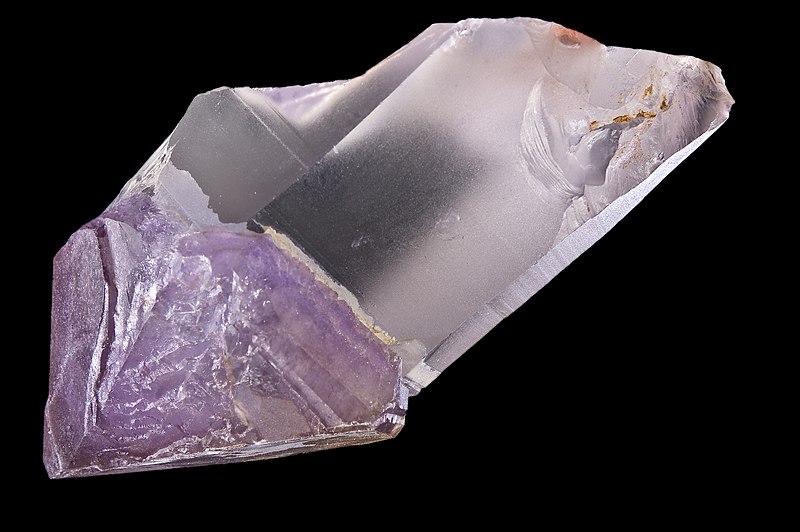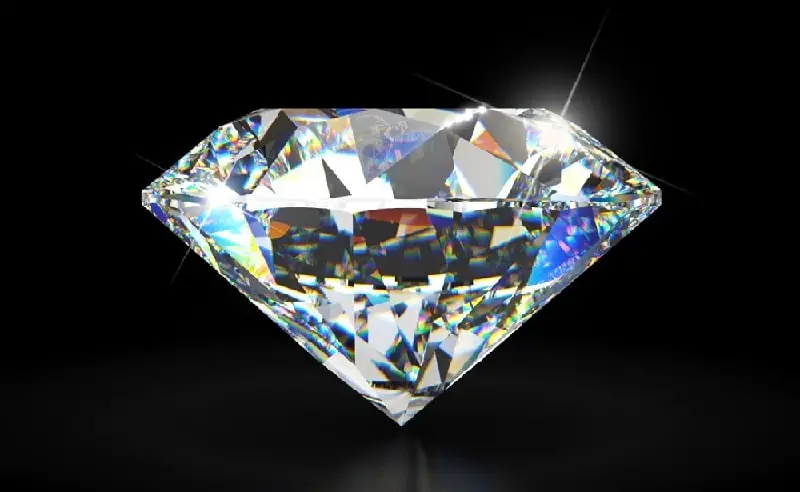In general, there are three states of matter. These are solid, liquid, and gas. Well, there is one more i.e Plasma. OKAY, not just one more. In fact, there are so many forms of matter that exist in nature. But, just because of the demand for the topic, we are only interested in the solid state of matter that can be further bifurcated into two halves i.e Crystalline and Amorphous solid.
In Crystalline Solids; molecules, atoms, or subatomic particles are arranged in a highly ordered manner. On the other hand, there is a lack of long-range order in amorphous solids.
That’s why we call crystalline solids ordered solids or simply true solids. On the contrary, we call amorphous solids disordered solids or simply pseudo solids. Just to mention, if you wanna know more about the different states of matter, especially the plasma state of matter, You can check this article. I can surely bet you will love this piece of article.
So, coming back to the topic of discussion, in this exclusive article, I am going to get through each and every detail regarding crystalline and amorphous solids. But, before going into the deep discussion, let me give you a brief review of the two in a tabular form. Let’s dive right in!!!
Crystalline vs Amorphous
| Crystalline Solids | Amorphous Solids | |
| 1. | Crystalline solids have definite and regular geometrical shapes. | Amorphous solids are highly irregular in shape. |
| 2. | They have a long range of orders, that’s why called ordered or true solids. | They have a short range of order, that’s why called disordered or pseudo solids. |
| 3. | They have a sharp melting point. | They do not have a sharp melting point. |
| 4. | Crystalline solids have definite heat of fusion. | Amorphous solids do not have definite heat of fusion. |
| 5. | They are highly rigid and totally incompressible. | Like crystalline solids, they are rigid too but can be compressed |
| 6. | When cut, crystalline solids give clean and sharp cleavage. | When cut, Amorphous solids do not give clean and sharp cleavage. |
| 7. | They are anisotropic and symmetrical in nature. | They are isotropic and unsymmetrical in nature. |
| 8. | Examples of crystalline solids are table salt, diamond, etc. | Examples of amorphous solids are cotton, glass, thin-film lubricants, etc. |
What is Crystalline Solid?
According to the definition of crystalline solid, a material whose molecules, atoms, or even sub-atomic particles are arranged in a highly ordered structure is known as a crystalline solid. In other words, you can simply say that a crystalline solid consists of particles that are arranged in a 3-dimensional manner.

That’s why we also call them highly-ordered solids or simply true solids. Additionally, the word crystalline solids or simply crystals is derived from the ancient Greek word “Krustallos” which simply means rock crystals. As a matter of fact, apart from being a highly ordered structure, the intermolecular forces between the constituent particles are always equal.
Editor’s Choice: Crystalline Solid – Definition, Types, Properties & Examples
In fact, based on the molecular forces and chemical bonding between the constituent particles, crystalline solids can be further bifurcated into four parts. These are:
- Ionic crystals
- Metallic crystals
- Molecular crystals
- Covalent network crystals, etc.
Properties of Crystalline Solids
There are so many essential properties of crystalline solids. These are:
- Crystalline solids have well-defined edges and faces.
- They have a long range of orders.
- They have a sharp melting point.
- Crystalline solids have definite heat of fusion.
- They are highly rigid and totally incompressible.
- They are anisotropic and symmetrical in nature, etc.
Check Out: What are Conductors? – Definition, Types & Examples
Examples of Crystalline Solids
If you think you can’t relate to crystalline solid examples in everyday life. Well, here is your chance to think again!
- Diamond
- Table salt
- Calcium fluoride
- Quartz
- Silicon dioxide
- Ammonia
- Iodine, etc.
Applications of Crystalline Solids
There are so many essential applications of crystalline solids such as:
- Diamond is used for making jewelry.
- They are also used for cutting glasses.
- We use table salt in our food preparation.
- We use Quartz for making watches and wall clocks, etc.
Editor’s Choice: Ionic Bond vs Covalent Bond – Difference and Comparision
What is Amorphous Solid?
According to the definition of amorphous solids, a material whose molecules, atoms, or even sub-atomic particles lack the long-range order is known as amorphous solids. In other words, you can say that amorphous solids have irregular arrangements within their constituent particles. That’s why we also call them highly disordered solids or pseudo solids.

Additionally, the word amorphous is derived from the ancient Greek word “morphé” which simply means formless. As a matter of fact, just because the intermolecular distance between the two constituent particles always tends to vary, therefore, as a result, the intermolecular forces between them are never equal.
Editor’s Choice: Amorphous Solid – Definition, Properties & Examples
Properties of Amorphous Solids
There are so many essential properties of amorphous solids. These are:
- Amorphous solids do not have well-defined edges and faces.
- They have a short range of orders.
- They do not have a sharp melting point.
- Amorphous solids do not have definite heat of fusion.
- They are highly rigid but can be compressed.
- They are isotropic and unsymmetrical in nature, etc.
Check Out: What are Insulators? – Definition, Types & Examples
Examples of Amorphous Solids
If you think you can’t relate to Amorphous solid examples in everyday life. Well, here is your chance to think again!
- Glass
- Wax
- Thin-film lubricants
- Gels
- Plastics
- Rubber
- Polymers, etc.
Take a look at Sublimation Definition, Process, Facts & Examples
Applications of Amorphous Solids
There are so many essential applications of amorphous solids in our day-to-day life. These are:
- We use plastics to make toys for kids.
- We use rubber to make tires or soles of shoes.
- Glass has been extensively used for making windows.
- We use amorphous solids in medical applications.
- We use amorphous solids in industrial applications, etc.
Check Out: Evaporation Definition, Process, Facts & Examples
That’s it for this post. If you like this article, share it if you like, like it if you share it. You can also find us on Mix, Twitter, Pinterest, and Facebook. Hey man, If you have come this far, do give us feedback in the comment section. It would make my day. You can also make a donation. Your donations will help us to run our website and serve you BETTER. Cheers!!!
